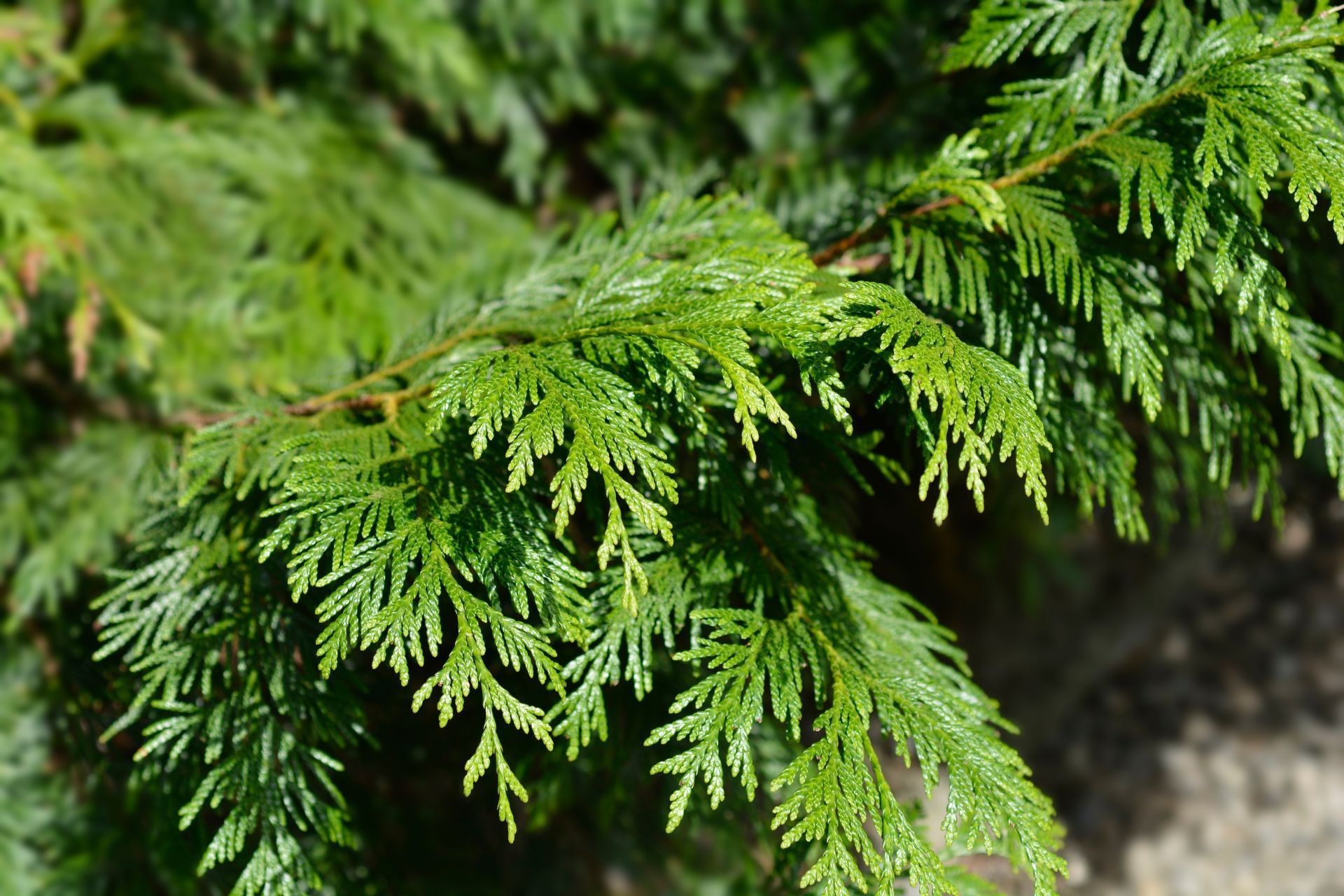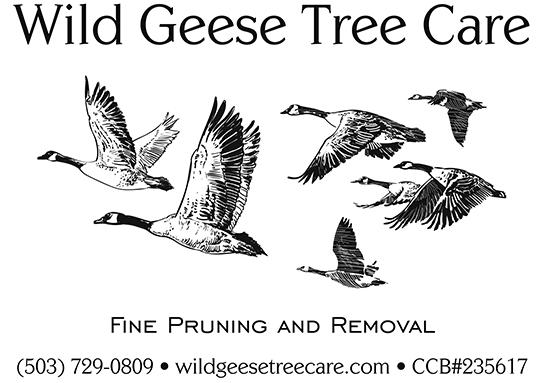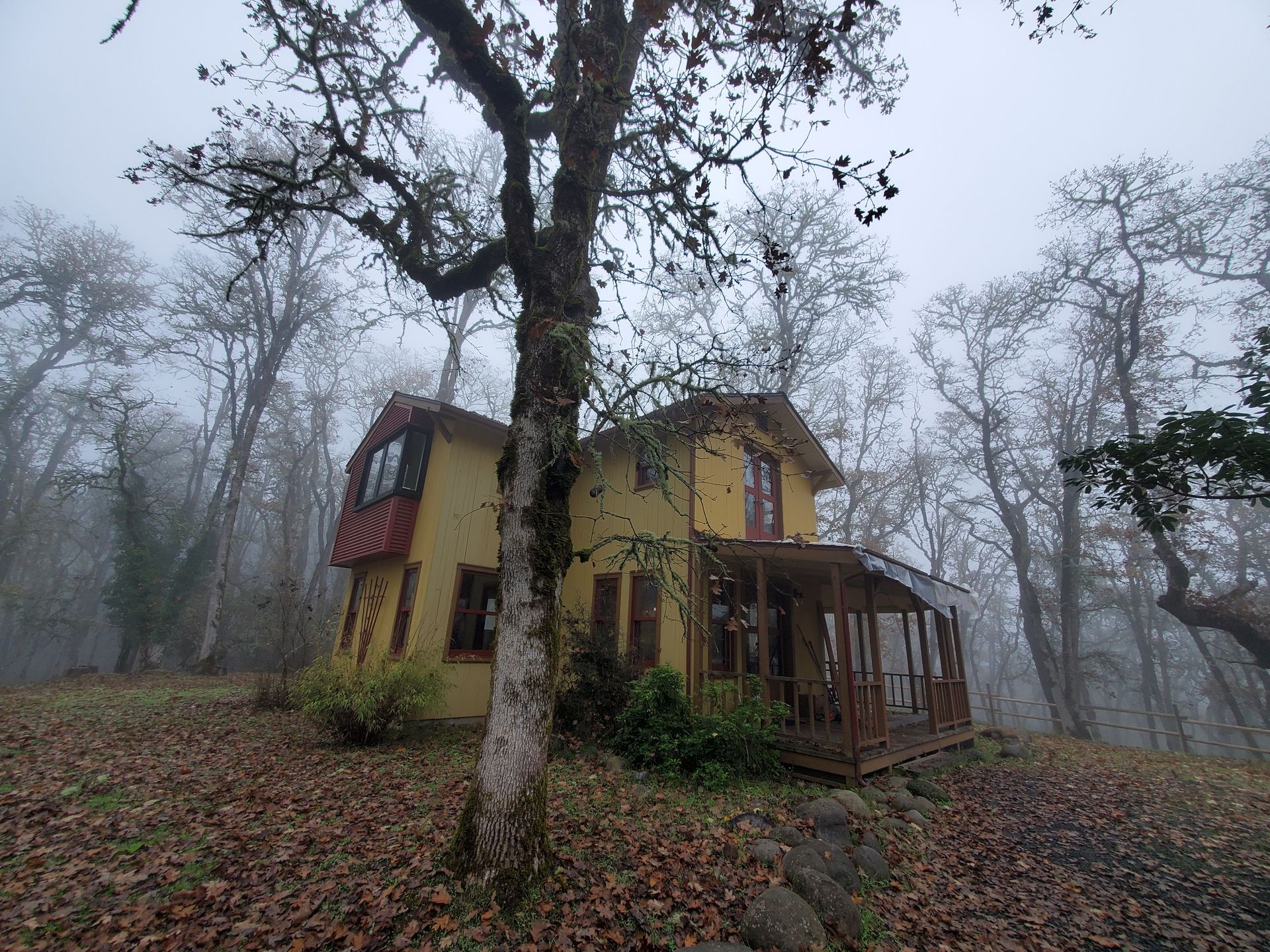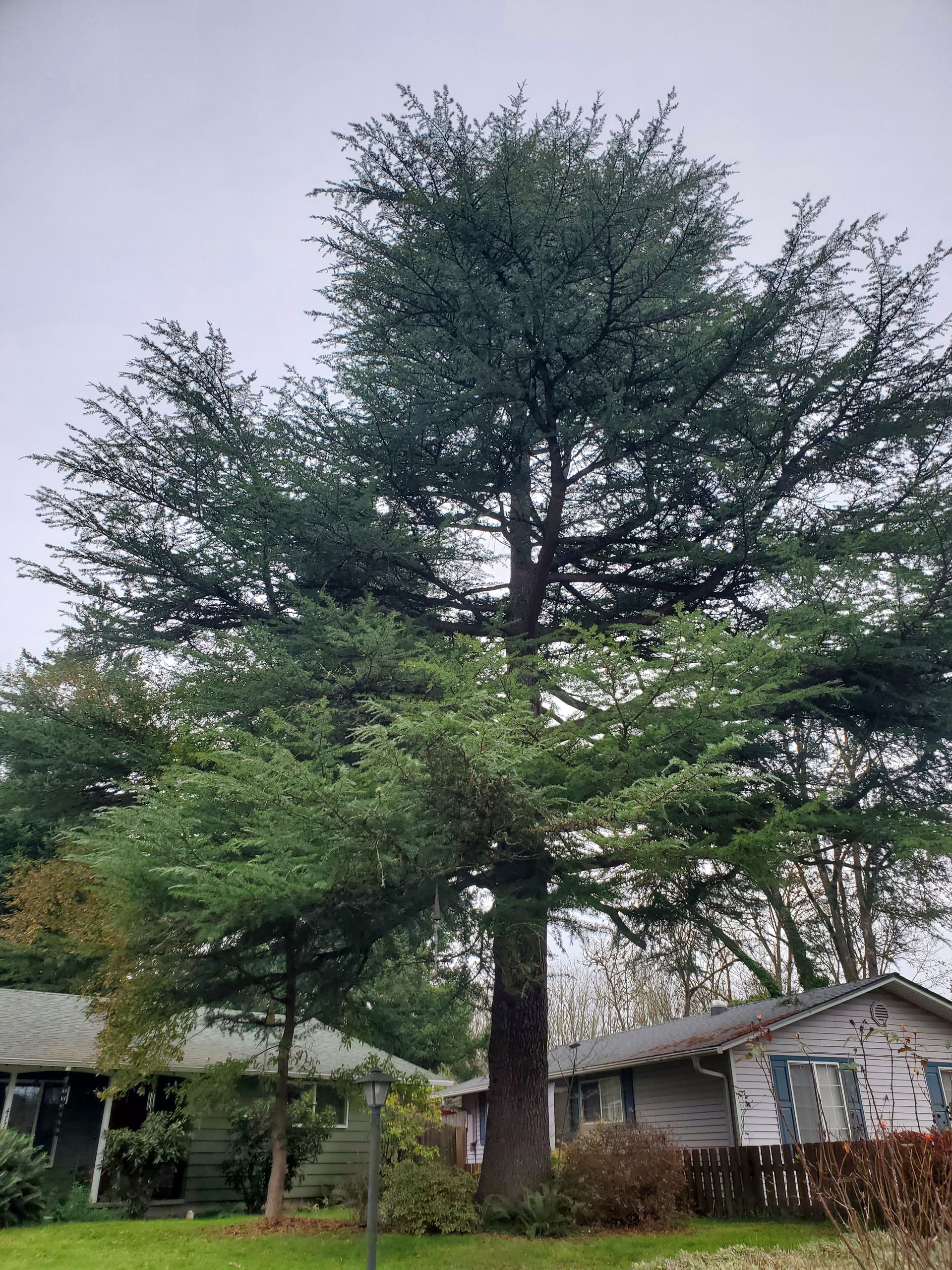Shout out to the Rain...Beetles
Buzzing to our fall night lights, we meet an old friend...

Welcome weary Traveler, Rest, and digest a tale of our fuzzy, hard shelled insect neighbor in these forested mountain ranges and foothills.
In the mystical realms of western Oregon, where the ancient forests whisper tales of old, a curious creature known as the rain beetle, a member of the illustrious Pleocoma genus, weaves its enchanting life cycle in harmony with the rhythmic dance of the rainfall.
Beneath the emerald canopies, the larvae of these mystical beetles, affectionately called "grubs," embark on an epic journey that spans several years. Hidden in the subterranean realm, they feast upon the remnants of decaying organic matter, honing their strength and resilience for the day of destiny.
When the heavens unleash their watery bounty, heralding the arrival of fall or early winter, a transformation sweeps across the land. The adult rain beetles, majestic and formidable, emerge from the enchanted soil, their bodies spanning one to two inches in majestic length. They are strong and thick bodied, clumsy in flight and resilient as they often topple ground-wards. Under the cloak of the night, they become nocturnal wanderers, drawn to the gentle glow of lights as they engage in a brief but magical sojourn above ground. At times like these, you may find them clinking off your windows, much to the enjoyment of cats, dogs, children, and me.
During this ephemeral moment in time, a grand spectacle unfolds—a symphony of mating and life creation. The females, guided by the wisdom of nature, lay their eggs in the sacred soil, marking the inception of a new chapter in the rain beetle saga. And so, the cosmic dance continues, an unending cycle of renewal and rebirth.
In the enchanted tapestry of nature, rain beetles, though harmless to the realms of humans, play a pivotal role. Their existence is a captivating chapter in the chronicles of the local ecosystem, where they emerge as guardians of the woodland secrets. As both larvae and adults, they contribute to the intricate ballet of nutrient cycling, their endeavors woven into the very fabric of organic material's decomposition.
And so, the rain beetles persist, their existence a testament to the enchantment that lingers in the rain-kissed forests of western Oregon—a realm where every drop of rain tells a tale, and every beetle carries a whisper of ancient magic. Ancient indeed, this group of beetles can live 8-13 years! If age is wisdom(its not), these beetles must have seen it all!
Now, may we carry on our journey, a new lesson learned, to share and be shared! Enjoy the Days!









